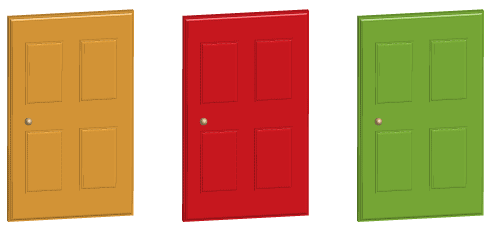![]()
Content description
Construct sample spaces for single-step experiments with equally likely outcomes (ACMSP167)
Assign probabilities to the outcomes of events and determine probabilities for events (ACMSP168)
Elaborations
- discussing the meaning of probability terminology (for example probability, sample space, favourable outcomes, trial, events and experiments)
- distinguishing between equally likely outcomes and outcomes that are not equally likely
- expressing probabilities as decimals, fractions and percentages
Source: Australian Curriculum, Assessment and Reporting Authority (ACARA)
What is probability?
There are some situations in which it would be useful to be able to measure how likely, or unlikely, it is that an event will occur. We can do this in mathematics by using the idea of probability, which is defined as a number between 0 and 1 that we assign to any event we are interested in.
- A probability of 1 represents an event that is 'certain' or 'guaranteed' to happen.
- A probability of 0 represents an event that we would describe as 'impossible' or one that 'cannot possibly occur'.
- An event that has a probability of \(\dfrac{1}{2}\) is as likely to occur as not to occur.
- An event that has a probability close to 0 is unlikely to occur.
- An event that has a probability close to 1 is likely to occur.
Looking at some statements:
| Plain language statement | Statement in terms of probability |
|---|---|
| The sun will come up tomorrow. | The probability that the sun will come up tomorrow is 1. |
| If I toss a coin, there is an even chance of getting a head or a tail. | If I toss a coin, the probability of getting a head is \(\dfrac{1}{2}\) and the probability of getting a tail is \(\dfrac{1}{2}\). |
| There is no chance of finding a plant that speaks English. | The probability of finding a plant that speaks English is 0. |
Example 1
A TV show contestant is shown three closed doors and told that there is a prize behind one of the them. If the contestant opens one of the doors, what is his probability of winning the prize?

Solution
From the contestant's point of view, the prize is equally likely to be behind each of the doors. So the probability of the contestant winning the prize is \(\dfrac{1}{3}\).




